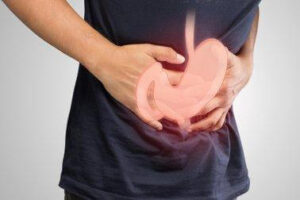구토는 신체가 위 속의 해로운 음식을 제거하는 자연스러운 기제다. 하지만 그렇다고 해도 여전히 불편하고 불쾌한 일이다. 계속 속이 울렁거리고 구역질이 나는 것 만큼 끔찍한 기분도 없다. 오늘 이 글을 읽고 구토를 예방하는 10가지 팁을 알아보자.
구토를 유발할 가능성이 있는 원인은 다음과 같다.
더 읽어보기: 신경성 위염의 원인, 증상 및 치료를 위한 자연 요법
구토를 예방하는 10가지 팁
1. 심호흡 하기

신선한 공기가 있는 곳에서 숨을 깊게 들이마시자. 숨을 깊게 들이마시면 위가 눌려 횡격막에 압박을 가하게 된다. 이렇게 하면 위에서 음식이 역류하기 힘들어진다.
더 읽어보기: 호흡기 질환을 완화하는 5가지 유칼립투스 요법
2. 구토를 가라앉히는 생강차
매 2~3시간마다 생강차를 마시면 특히 입덧으로 인한 구토를 가라앉힐 수 있다. 생강 속의 다음 성분들 덕분이다.
- 비타민 C
- 칼슘
- 칼륨
- 마그네슘
생강 맛이 익숙하지 않다면 설탕이나 레몬즙을 넣어보자.
3. 카모마일 차
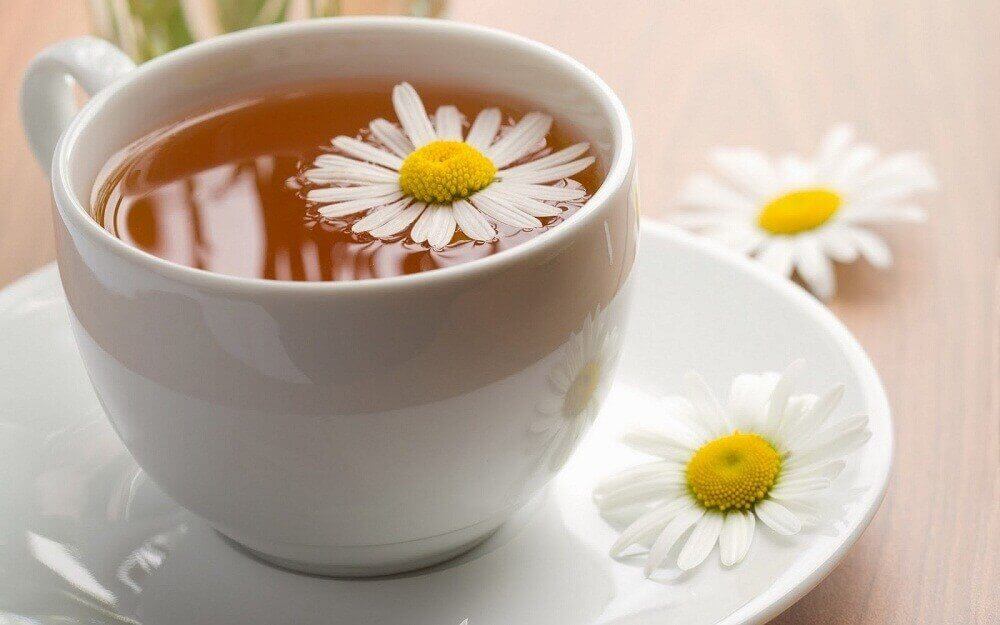
카모마일 꽃 속의 통증을 완화하는 성분과 소염 성분은 다음의 증상을 가라앉힌다.
- 소화 불량
- 메스꺼움
- 구토
카모마일 꽃의 성분을 제대로 누리려면 말린 꽃이나 티백을 뜨거운 물에 우려 마시자. 차가 완성되면 천천히 한 모금씩 마신다. 필요에 따라 하루에 2~3잔을 마실 수 있다.
4. 민트 차
민트는 장의 자극을 완화하는 동시에 소화를 돕기 때문에 소화불량으로 인한 메스꺼움을 가라앉힐 수 있다.
- 매일 뜨거운 민트 차 2~3잔을 마시면 확실히 속이 편안해 질 것이다.
- 민트맛 껌을 씹어도 비슷한 효과가 난다.
5. 라이스 워터
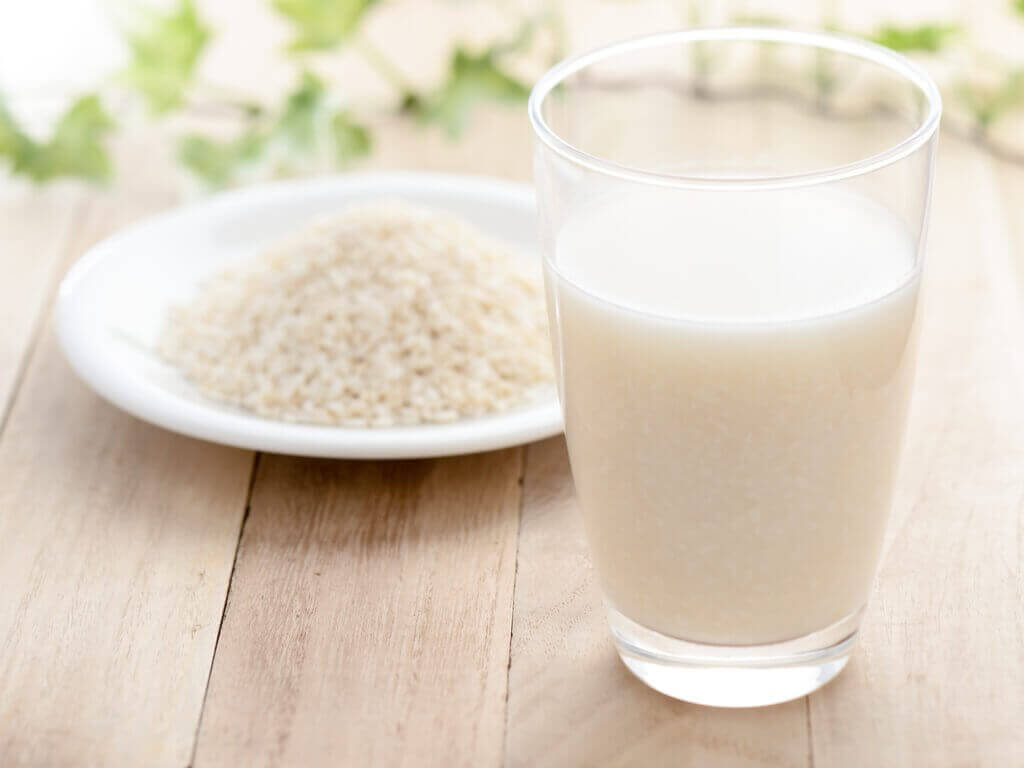
쌀이 끓으면, 다음과 같은 쌀 속 영양분이 물에 배어 나온다.
- 비타민 B
- 칼륨
- 아연
- 엽산
- 마그네슘
라이스 워터는 구토를 예방에 좋은 홈메이드 자연 치유법이다.
라이스 워터 만드는 방법
- 쌀 한 컵을 물 1리터에 넣고 20분간 끓인다.
- 물을 걸러내 차갑게 식힌다.
- 매일 1~2잔을 천천히 마시자.
6. 구토를 멈추는 얼음
얼음을 녹여 먹거나 씹어 먹으면 구토를 예방하는 즉각적인 효과를 자랑한다. 아주 간편하고 효과적인 방법이긴 하지만, 효과가 오래 지속되지는 않는다.
얼음이나 차가운 음식은 위 수축의 속도를 늦추기 때문에, 음식이 역류하기 어려워진다.
7. 사과식초
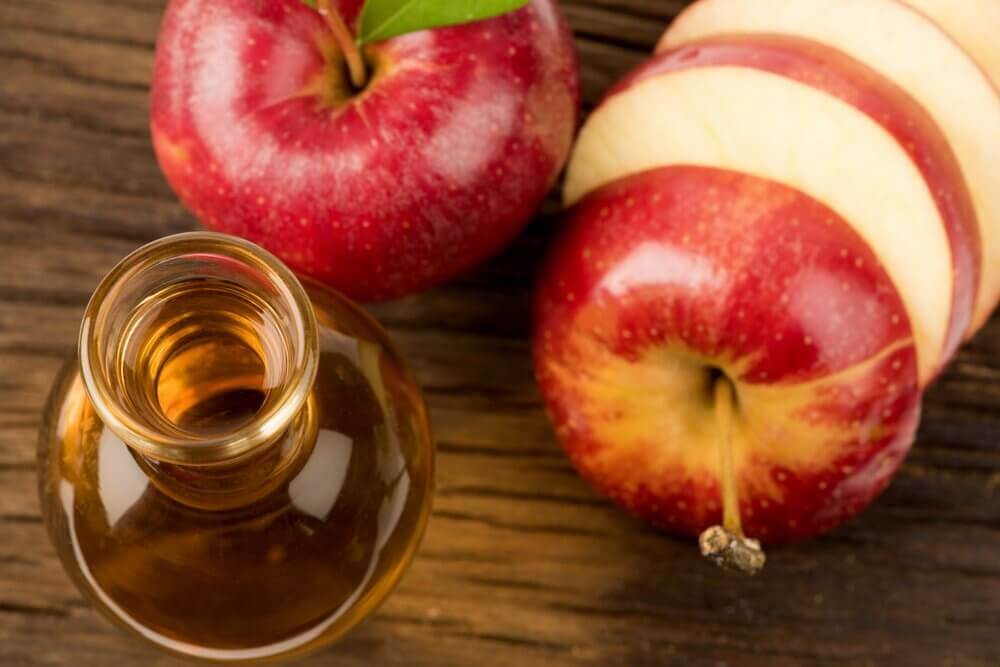
사과식초로 가글을 해보자. 이 자연 치유법의 목적은 입 속 냄새를 정화해 구토를 예방하려는 것에 있다.
재료
- 식초 1큰술 (10ml)
- 물 1/2컵 (100ml)
사용법
- 두 재료를 섞어 몇 초간 가글한다.
**식초를 코에 가까이 두지 않는 것이 좋다. 식초의 강한 냄새가 오히려 구토를 자극할 수 있기 때문이다.
8. 냉온찜질
- 냉찜질 패드를 배에 대고 압박하다가, 온찜질 패드로 바꾸기를 2분마다 계속 하자.
- 이 요법은 위를 이완하여 구토를 예방한다.
9. 부드러운 음식
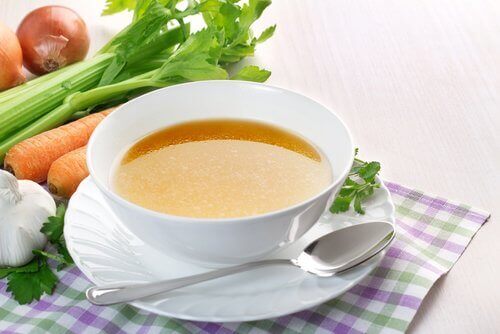
속이 메스꺼우면 모든 음식에 대한 식욕이 사라지지만, 혹시 모르니 기름지고 소화가 잘 안되는 음식은 꼭 피하도록 하자.
아래와 같이 소화가 잘 되는 음식을 소량으로 섭취하자.
- 흰살 고기
- 토스트
- 밥 소량
- 수프나 국
가공 식품 섭취를 끊거나 줄이면서 구토 반응을 완화하도록 하자.
10. 눕지 않기
속이 메스껍고 구토가 하고 싶다면, 끊임없이 움직이거나 침대에 누워 있는 건 구토 반응을 자극하게 된다.
- 앉은 자세를 유지하는 것이 제일 좋다. 의자, 소파, 침대 위에 편안히 앉아 있자.
- 이 자세로 가만히 있으면 멀미와 메스꺼움이 줄어들 것이다.
이 10가지 팁으로도 구토를 멈출 수 없다면, 병원에 방문해 정확환 원인을 알아보는 것이 좋다. 구토 반응이 생각보다 심각한 건강상 징후일 수 있기 때문이다.
참고 문헌
모든 인용된 출처는 품질, 신뢰성, 관련성 및 유효성을 보장하기 위해 저희 팀이 철저히 검토했습니다. 이 글의 참고 문헌은 신뢰할 수 있으며 학문적 또는 과학적 정확성을 갖춘 것으로 간주되었습니다.
- Avc, H. S., Ovayolu, N., & Ovayolu, Ö. (2016). Effect of Acupressure on Nausea-Vomiting in Patients With Acute Myeloblastic Leukemia. Holistic nursing practice, 30(5), 257–262. Recuperado de: https://pubmed.ncbi.nlm.nih.gov/27501207/
- Aybar, D. O., Kılıc, S. P., & Çınkır, H. Y. (2020). The effect of breathing exercise on nausea, vomiting and functional status in breast cancer patients undergoing chemotherapy. Complementary therapies in clinical practice, 40, 101213. Recuperado de: https://pubmed.ncbi.nlm.nih.gov/32891289/
- Giacosa, A., Morazzoni, P., Bombardelli, E., Riva, A., Bianchi Porro, G., & Rondanelli, M. (2015). Can nausea and vomiting be treated with ginger extract?. European review for medical and pharmacological sciences, 19(7), 1291–1296. Recuperado de: https://pubmed.ncbi.nlm.nih.gov/25912592/
- Hines, S., Steels, E., Chang, A., & Gibbons, K. (2012). Aromatherapy for treatment of postoperative nausea and vomiting. The Cochrane database of systematic reviews, (4), CD007598. Recuperado de: https://pubmed.ncbi.nlm.nih.gov/22513952/
- Jafarimanesh, H., Akbari, M., Hoseinian, R., Zarei, M., & Harorani, M. (2020). The effect of peppermint (Mentha piperita) extract on the severity of nausea, vomiting and anorexia in patients with breast cancer undergoing chemotherapy: A randomized controlled trial. Integrative cancer therapies, 19, 1534735420967084. Recuperado de: https://journals.sagepub.com/doi/full/10.1177/1534735420967084
- Jokerst, M. D., Gatto, M., Fazio, R., Stern, R. M., & Koch, K. L. (1999). Slow deep breathing prevents the development of tachygastria and symptoms of motion sickness. Aviation, space, and environmental medicine, 70(12), 1189–1192. Recuperado de: https://pubmed.ncbi.nlm.nih.gov/10596772/
- Ming, J. L., Kuo, B. I., Lin, J. G., & Lin, L. C. (2002). The efficacy of acupressure to prevent nausea and vomiting in post-operative patients. Journal of advanced nursing, 39(4), 343–351. Recuperado de: https://pubmed.ncbi.nlm.nih.gov/12139646/
- Pasricha, P. J., Colvin, R., Yates, K., Hasler, W. L., Abell, T. L., Unalp-Arida, A., Nguyen, L., Farrugia, G., Koch, K. L., Parkman, H. P., Snape, W. J., Lee, L., Tonascia, J., & Hamilton, F. (2011). Characteristics of patients with chronic unexplained nausea and vomiting and normal gastric emptying. Clinical gastroenterology and hepatology : the official clinical practice journal of the American Gastroenterological Association, 9(7), 567–76.e764. Recuperado de: https://www.ncbi.nlm.nih.gov/pmc/articles/PMC3123425/
- Sanaati, F., Najafi, S., Kashaninia, Z., & Sadeghi, M. (2016). Effect of Ginger and Chamomile on Nausea and Vomiting Caused by Chemotherapy in Iranian Women with Breast Cancer. Asian Pacific journal of cancer prevention : APJCP, 17(8), 4125–4129. Recuperado de: https://pubmed.ncbi.nlm.nih.gov/27644672/
- Singh, P., Yoon, S. S., & Kuo, B. (2016). Nausea: a review of pathophysiology and therapeutics. Therapeutic advances in gastroenterology, 9(1), 98–112. Recuperado de: https://www.ncbi.nlm.nih.gov/pmc/articles/PMC4699282/
- Scharfenberg, D. R., Salcido, A., Malone, P., Clark, J., & Steele, M. A. (2022). Managing Postoperative Nausea With an Application of Ice Pack to the Posterior Upper Neck. Journal of perianesthesia nursing : official journal of the American Society of PeriAnesthesia Nurses, 37(6), 774–777. Recuperado de: https://pubmed.ncbi.nlm.nih.gov/35637077/
- Tayarani-Najaran, Z., Talasaz-Firoozi, E., Nasiri, R., Jalali, N., & Hassanzadeh, M. (2013). Antiemetic activity of volatile oil from Mentha spicata and Mentha × piperita in chemotherapy-induced nausea and vomiting. Ecancermedicalscience, 7, 290. Recuperado de: https://www.ncbi.nlm.nih.gov/pmc/articles/PMC3562057/
- Viljoen, E., Visser, J., Koen, N., & Musekiwa, A. (2014). A systematic review and meta-analysis of the effect and safety of ginger in the treatment of pregnancy-associated nausea and vomiting. Nutrition journal, 13, 20. Recuperado de: https://www.ncbi.nlm.nih.gov/pmc/articles/PMC3995184/
- Yavari Kia, P., Safajou, F., Shahnazi, M., & Nazemiyeh, H. (2014). The effect of lemon inhalation aromatherapy on nausea and vomiting of pregnancy: a double-blinded, randomized, controlled clinical trial. Iranian Red Crescent medical journal, 16(3), e14360. Recuperado de: https://www.ncbi.nlm.nih.gov/pmc/articles/PMC4005434/

